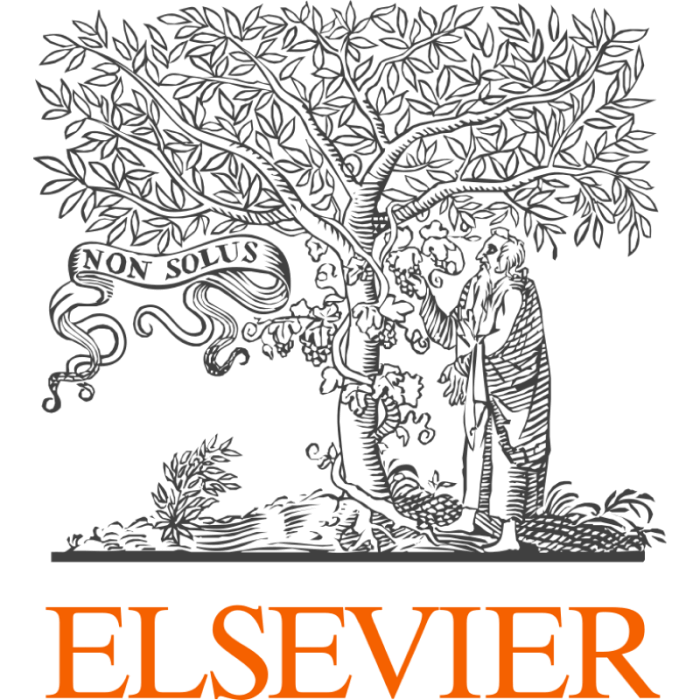Journal of Electroanalytical Chemistry, volume 903, pages 115839
Voltammetric sensor system based on Cu(II) and Zn(II) amino acid complexes for recognition and determination of atenolol enantiomers
Publication type: Journal Article
Publication date: 2021-12-01
scimago Q1
wos Q2
SJR: 0.755
CiteScore: 7.8
Impact factor: 4.1
ISSN: 15726657, 18732569
General Chemical Engineering
Analytical Chemistry
Electrochemistry
Abstract
• A chiral sensors based on GCE modified by composites with amino acid complexes of Cu(II) and Zn(II) was developed. • R- and S-Atn interact with the Cu(II) and Zn(II) amino acid complexes by the ligands exchange. • Differences in the maximum currents and the potentials of R-, S-Atn oxidation peaks were observed. • For reliable recognition of R- and S-Atn, the proposed sensors were combined to sensor system by chemometric methods. • The sensor system correctly recognize R- and S-Atn in enantiomeric mixture. For recognition and determination of atenolol (Atn) enantiomers the enantioselective voltammetric sensor system based on glassy carbon electrodes modified by composites of polyarylenephthalide and chiral amino acid complexes of Cu(II) and Zn(II) – glycine- l -alaninate and glycine- l -argininate Cu(II), bis - l -phenylalaninate Zn(II) is developed. The enantioselectivity of the sensors is explained by the presence of chiral amino acids in the complexes which can be exchanged with Atn enantiomers and form mixed-ligand complexes of different stability. The electrochemical and analytical characteristics of the sensors were studied. It was shown that the sensors are cross-sensitive to Atn enantiomers. A sensor system based on them with chemometric processing of analytical signals using the methods of principal components and projection to latent structures was used to recognize and determine S- and R-Atn in mixtures with different ratios of enantiomers. The content of S-Atn was established with a relative standard deviation of less than 9% and recoveries ranging from 95% to 102%. The use of a sensor system makes it possible to eliminate errors of the first kind and to minimize errors of the second kind, to increase the percentage of correctly recognized samples up to 99%.
Nothing found, try to update filter.
Grecchi S., Arnaboldi S., Korb M., Cirilli R., Araneo S., Guglielmi V., Tomboni G., Magni M., Benincori T., Lang H., Mussini P.R.
Are you a researcher?
Create a profile to get free access to personal recommendations for colleagues and new articles.
Profiles

















